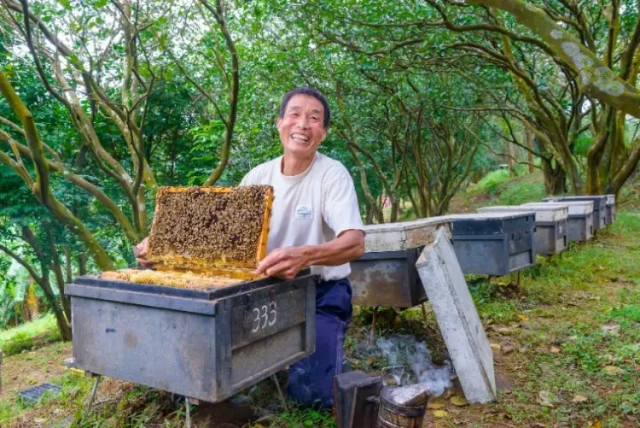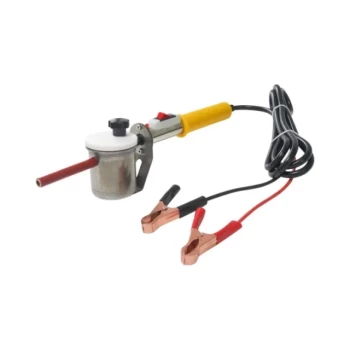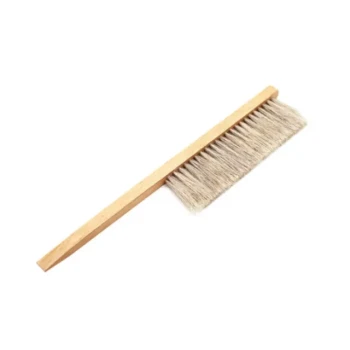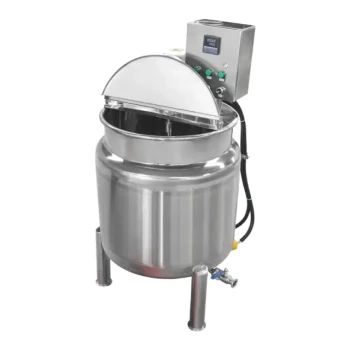For beekeepers battling destructive Varroa mites, oxalic acid (OA) vaporization offers a science-backed solution that balances efficacy with environmental responsibility. This method eliminates mites in both phoretic (mobile) and capped brood stages while preserving honeybee health and hive products. Here’s how modern beekeepers leverage OA vaporization for sustainable mite management.
Oxalic Acid Vaporization: A Modern Solution for Varroa Mite Management
Varroa destructor mites threaten colonies by weakening bees and spreading viruses. Traditional treatments often leave chemical residues or fail to penetrate brood cells. OA vaporization disrupts this cycle through a targeted mechanism:
- Precision Targeting: Research suggests OA enters mites through their appendages, disrupting their internal systems. Bees, however, tolerate brief exposure when dosages are controlled.
- Brood Cell Penetration: Unlike some miticides, OA vapors can reach mites hiding under capped brood—a critical advantage for comprehensive control.
This dual-action approach makes OA vaporization a preferred method for commercial apiaries prioritizing both productivity and colony longevity.
How Oxalic Acid Targets Both Phoretic and Capped Brood Mites
Varroa mites exploit two life stages to infest hives:
- Phoretic Mites: Adult mites clinging to worker bees. OA vapors quickly neutralize these exposed pests.
- Capped Brood Mites: Mites reproducing inside sealed cells. Vaporized OA diffuses into wax, reaching hidden infestations.
Studies indicate this method can reduce mite populations by significant margins without requiring repeated hive intrusions.
Minimal Residue, Maximum Safety: Protecting Honey Quality and Bee Health
Beekeepers rightly worry about chemical traces in honey and wax. OA vaporization stands out for its favorable safety profile:
- Honey Safety: OA breaks down naturally, leaving negligible residues in harvestable honey when applied post-honeyflow.
- Bee Tolerance: Correct dosing causes minimal stress to colonies. Proper ventilation during treatment further mitigates risks.
This makes OA a responsible choice for distributors supplying hives to organic markets or pollination services.
Environmental Stewardship in Beekeeping Practices
Sustainable apiaries prioritize methods that safeguard ecosystems. OA vaporization aligns with this ethos by:
- Reducing Chemical Runoff: Unlike liquid treatments, vaporized OA doesn’t contaminate soil or waterways.
- Preventing Resistance: Mites struggle to develop resistance to OA’s physical mode of action, unlike synthetic miticides.
For wholesale suppliers, promoting OA-based solutions meets growing demand for eco-conscious equipment.
Best Practices for Safe and Effective Application
Maximize OA vaporization’s benefits while minimizing risks:
✅ Timing Matters: Treat during broodless periods or use multiple rounds to address capped brood.
✅ Dosage Control: Follow equipment guidelines—over-application stresses bees.
✅ Hive Preparation: Remove honey supers pre-treatment to avoid contamination.
✅ Ventilation: Ensure proper airflow during and after vaporization.
Upgrade Your Apiary’s Mite Defense
Trusted by commercial beekeepers, HONESTBEE’s oxalic acid vaporizers and safety gear simplify compliant, high-efficacy treatments. Explore wholesale solutions designed for large-scale operations—where bee health and honey integrity can’t be compromised.
Visual Guide
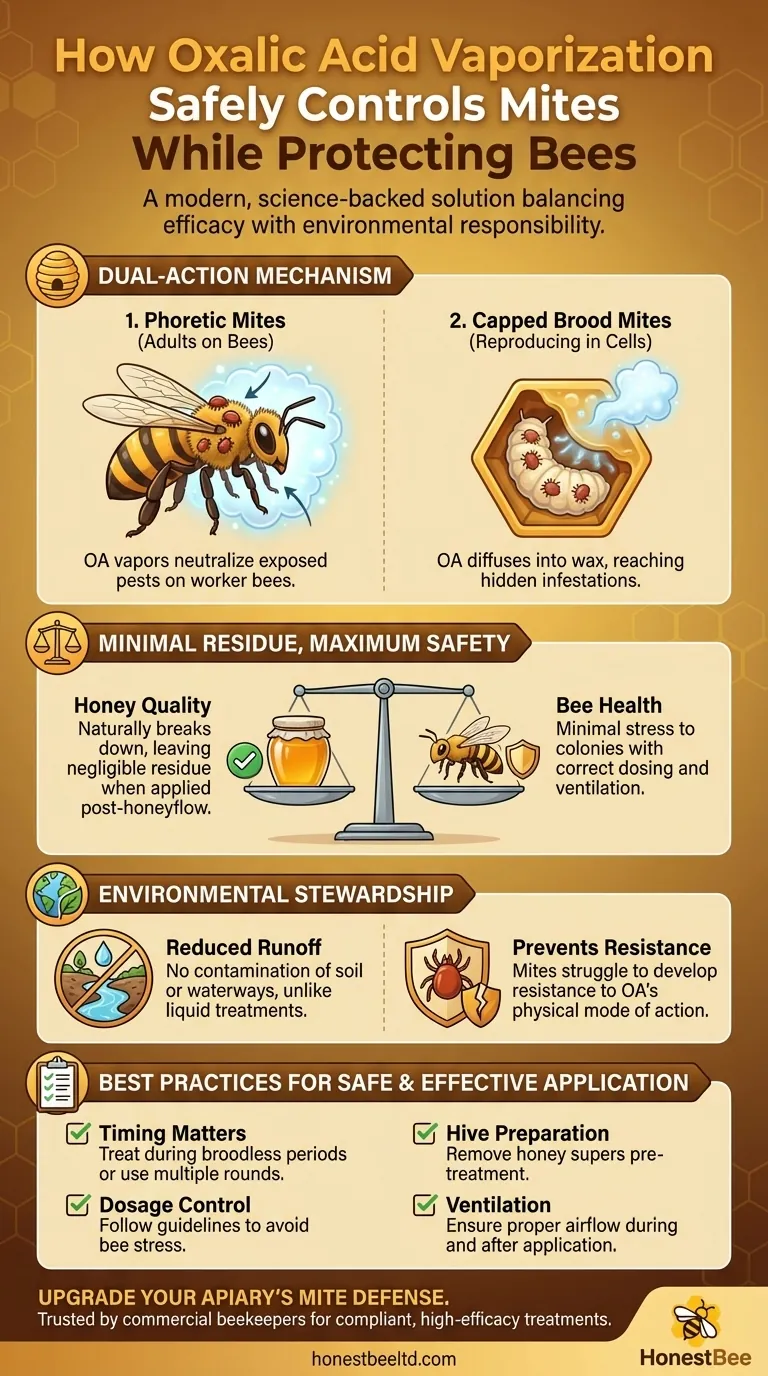
Related Products
- Heavy Duty 12V Oxalic Acid Evaporator Vaporizer for Bee Varroa Mite Treatment Beekeeping Fumigator Atomizer
- Durable 12V Oxalic Acid Vaporizer for Varroa Mite Treatment Beehive Beekeeping Tool
- Oxalic Acid Vaporizer 12V for Bee Varroa Mite Treatment
- 12V Bee Mite Removal Evaporator Oxalic Acid Vaporizer for Bee Fumigation Treatment 180W Atomization
- Adjustable Formic and Acetic Acid Dispenser for Bee Mite Treatment
